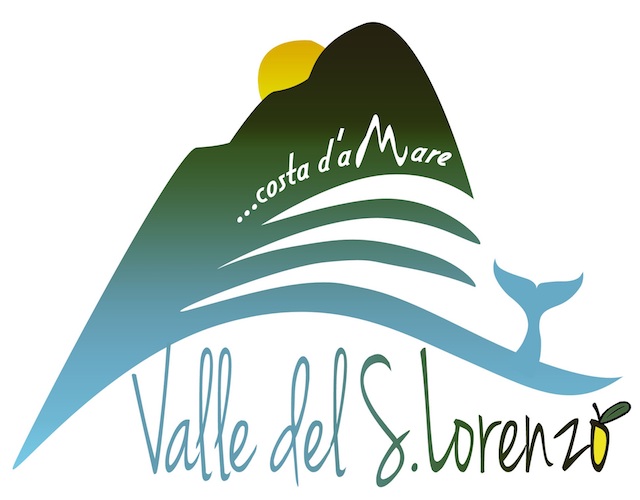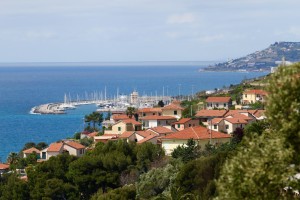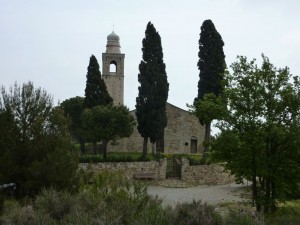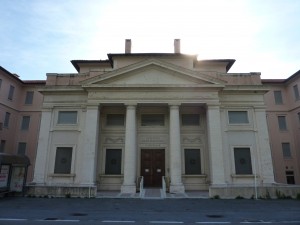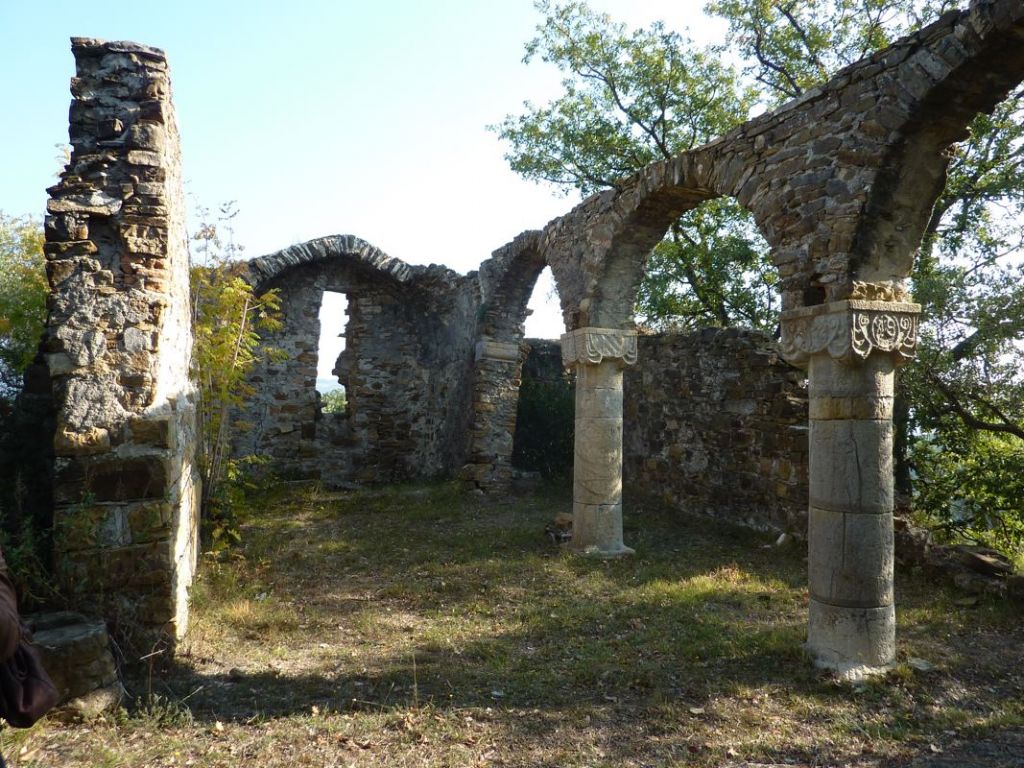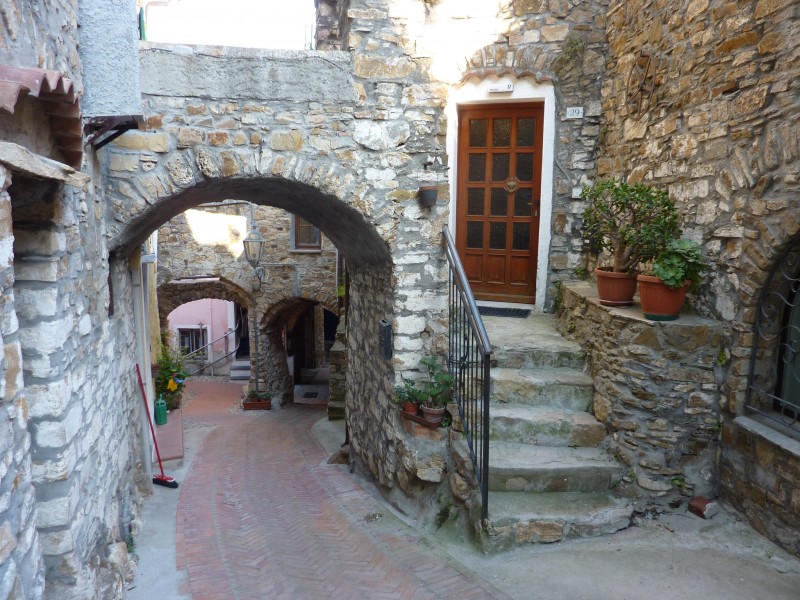Positioned on the western ridge graciously sloping towards the San Lorenzo marina, Costarainera (in local dialect “Costa di Raineii” or “Costarainera”) is one of the most picturesque and characteristic hamlets in the valley, amidst green stretches of olive groves and maritime pines. Its history and name are connected with events not yet clear, which led some colonial families from Cipressa and Lingueglietta to choose to be guided by an important family, the Raineris, and to pick a fertile and well exposed hillock, on which to form a new settlement. A villa “nova”, born between the XIII and XIV centuries, in the shade of an ancient, religious and venerable monument and close to a crossroad, which is recognizable to this day, uniting Via Sant’Antonio Abate and Via Dr. Raineri between two hostile jurisdictions, the Benedictine “Principality”of Santo Stefano of Villaregia holders of the western side and the fief of the Lengueglias of the eastern one.
A strategic hamlet within fragile political balances in the valley, and therefore source of endless discord, the line dividing the hamlet into two virtually distinct administrative-juridical entities, was always an ambiguous boundary; a noble and intangible border which forced the inhabitants of Costarainera to act with caution and, so to speak, become servants to two masters, yet faithful only to themselves. It is of no coincidence, therefore, that the first reliable mention made about the “villam Raineriorum” dates back to a dispute in 1467 regarding the borders between Lingueglietta-Castellaro and Cipressa-Terzorio-Santo Stefano. At that time the hamlet had assumed for some time the characteristic “elongated” shape, following the principal historical connecting routes: one them horizontal ( Via Dott. Raineri and Via della Repubblica), halfway up, towards Linguelietta and the castle of the Signoria; the other vertical, on the ridge, and leading towards Cipressa and to the government of the abbots of Villaregia (Via Sant’ Antonio Abate) or towards the marina of the western hamlet of San Lorenzo (Via San Giacomo).
A faithful reminder of the troubled history of the hamlet is one of the most interesting and picturesque monuments in the architectural panorama ofWestern Liguria, the church of Sant’Antonio Abate (Saint Anthony the Abbot).
At this sacred site ,in effect, for centuries, generations of worshippers and citizens from opposing political factions who, especially after the demographic explosion of the IV and XI centuries, would meet and give rise to open disputes which would lead to a chain of violent abuse and at times bloody events.
On top of that, other equally terrible events which took place, were Turk-barbarian attacks, that caused, as in other villages of the valley, damage, the taking of prisoners, and casualties, forcing the population to build a series of private fortresses (the “Tower Houses”) or to temporally fortify religious buildings which held major art and worship treasures inside of them, such as the ancient parish church of Sant’Antonio Abate (Saint Anthony the Abbot). The definitive decline of the Lengueglias’ power (1609) was not one with the happy ending which the inhabitants of “Costa” had expected.
Having slipped from the hands of the ancient feudal lords, soon after becoming part of the Municipality of Cipressa and as a result, falling under the influence of the Republic of Genoa, the village followed its destiny up until the Napoleonic revolution and the proclamation of independence of the municipality (1797-1815). Heir to an urban, historic and cultural stratification due to conflict between neighbouring parishes and districts, today Costarainera offers a chance to cover a myriad of narrow, picturesque streets which lose themselves amidst the green of the olive groves and the Mediterranean Scrub, where some of the most important monuments in the San Lorenzo Valley and not only, can be found.
A perfect destination for people who are in search of the year-round sun of the Riviera dei Fiori (Riviera of Flowers) and the healthiness of a unique climate, which in the Piani Paorelli area (today a small district near the sea in the Municipality of Costarainera) has led to the founding of one of the biggest and well known centres for the treatment of tuberculosis, both of the bones and lungs; this is the “Giuseppe Barellai” Heliotherapy Institute and the“Umberto Novaro” Sanatorium Hospital : two buildings of the fascist period (approximately 1930-1940), which are situated respectively between the coastline and a natural park of the Mediterranean scrub, palm trees and “Italian gardens”; they are both awaiting an intelligent renovation plan.




